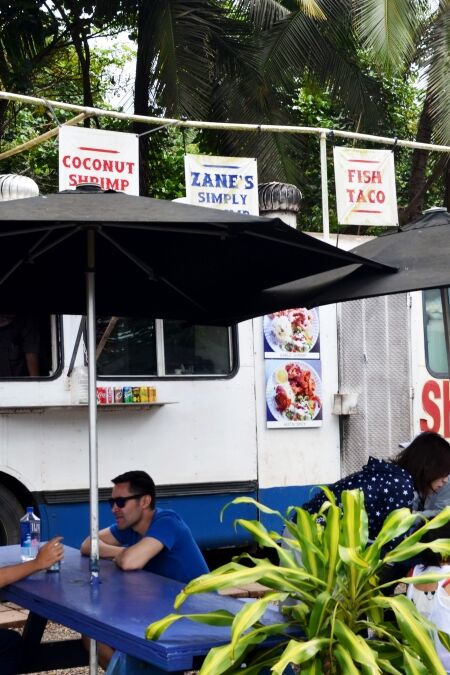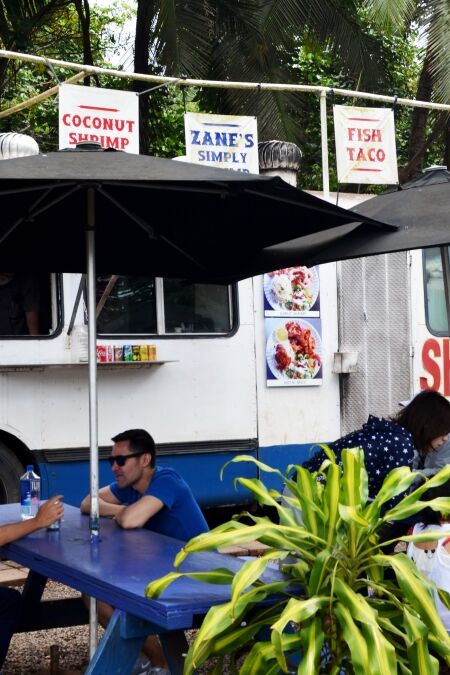Welcome to your essential guide to Coconut Island, or Moku Ola, a gem tucked away in the scenic waters of Hilo Bay, Hawaii. This quaint islet is not only a haven for relaxation and recreation but also a site of rich cultural importance, offering a peaceful escape with panoramic views of the lush Hawaiian coastline. Visitors can enjoy a variety of activities from swimming in crystal clear waters to exploring historic sites that echo the island’s storied past. Coconut Island promises a delightful mix of natural beauty and cultural heritage, making it a must-visit destination in Hilo.
Highlights
- The island is surrounded by a protected marine life conservation district, making it an ideal spot for snorkeling and diving enthusiasts eager to explore vibrant coral reefs and a diverse range of marine species.
- Take advantage of the guided tours offered by the Hawai’i Institute of Marine Biology, which is based on the island.
- The calm waters surrounding Coconut Island make for excellent kayaking and paddleboarding. Rent equipment nearby and set off to explore the tranquil bay at your own pace.
- Learn about the island’s intriguing past, from its use as a filming location for the TV show “Gilligan’s Island” to its transformation into a research facility.
- Stroll through lush landscapes and botanical settings that are home to rare tropical plants.
- Capture stunning sunrise and sunset views that are sure to be a highlight of any travel album.
History
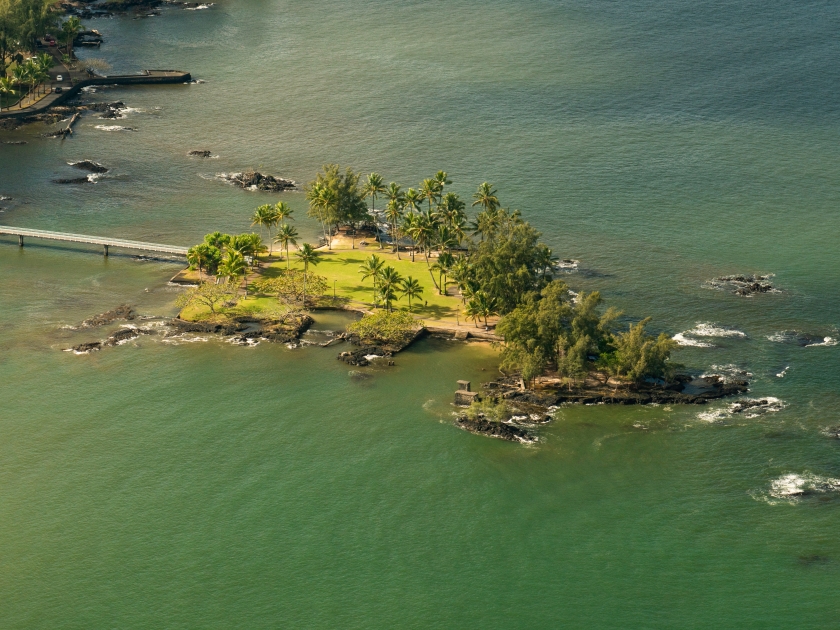
Coconut Island, also known by its Hawaiian name, Moku Ola, translates to “island of life” or “healing island”. This picturesque spot in Hilo Bay is renowned not just for its beauty and recreational offerings but also for its deep cultural and historical significance.
Ancient Sanctuary
Historically, Moku Ola served as a pu’uhonua, a sanctuary where Hawaiians fleeing punishment or conflict could find refuge. According to legend, those in search of healing would swim around the island three times, a testament to its ancient reputation as a place of restoration and peace.
Temple and Guardianship
In its early history, the island was home to a temple dedicated to healing, enhancing its status as a healing island. Although no visible remains of the temple exist today, the island’s caretaking traditions continue in stories, such as those of a family who once lived on the island specifically to look after it. These narratives preserve the island’s legacy as a protected and sacred place.
Witness to Natural Disasters
Coconut Island has also witnessed the brute force of nature. A coconut tree on the island bears the markings of water heights from past tsunamis, including the catastrophic 1960 tsunami that devastated nearby Waiākea Town. These natural events highlight the island’s vulnerability and the dramatic history of the region.
A Modern-Day Escape
Today, Coconut Island is a beloved retreat for both locals and tourists. It offers a tranquil escape where visitors can swim, picnic, and relax amidst the stunning backdrop of Hilo Bay, continuing to be a vibrant part of the community’s recreational life.
Things to Do
Swimming
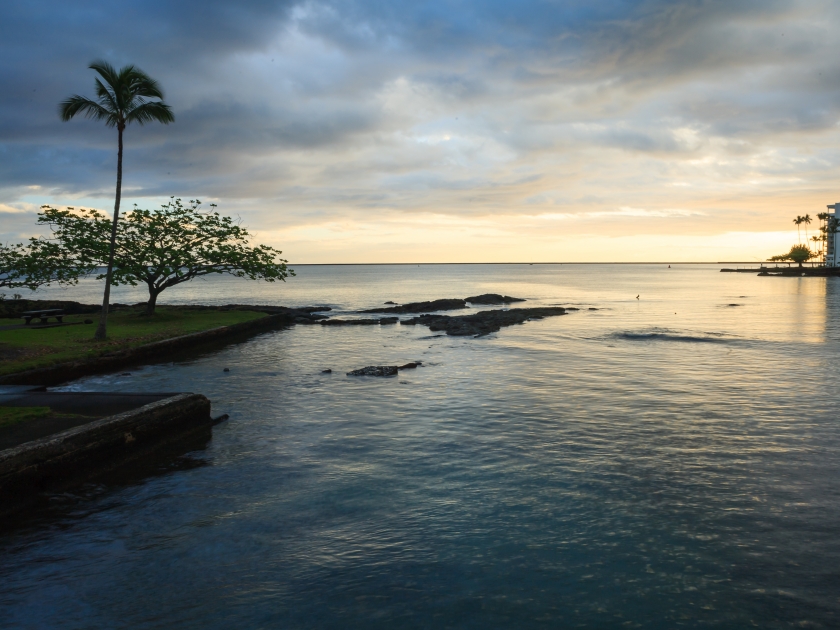
Coconut Island offers an ideal spot for swimming, with its clear, calm waters surrounding the island. The gentle waves make it a safe and enjoyable location for swimmers of all ages and skill levels. Whether you’re looking to cool off on a hot day or engage in some leisurely exercise, the inviting blue waters provide the perfect backdrop for a refreshing dip.
Picnicking
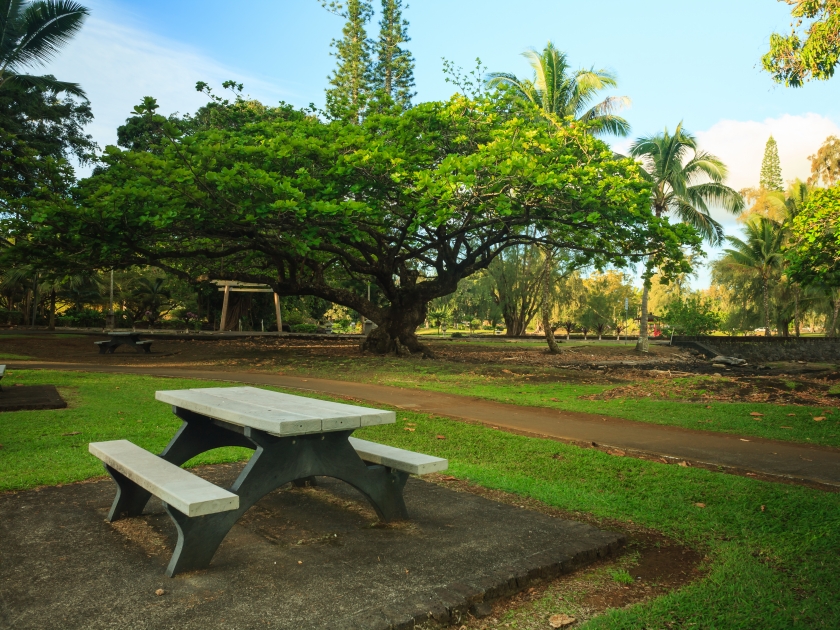
The island is also a popular destination for picnickers seeking a picturesque setting for their outdoor meals. Scattered with palm trees and grassy areas, Coconut Island has several ideal spots for laying down a picnic blanket and enjoying a meal with a view. This relaxing activity is a favorite among families and couples looking to savor their food in the tranquility of nature.
Exploring Historical Sites
For history enthusiasts, Coconut Island is rich with past tales and relics. While the physical remnants of its ancient temple are no longer visible, the site itself continues to be a place of historical interest. Visitors can explore the area where the temple once stood, immersing themselves in the island’s spiritual heritage and learning about its role as a sanctuary in ancient times.
Walking Trails and Scenic Spots
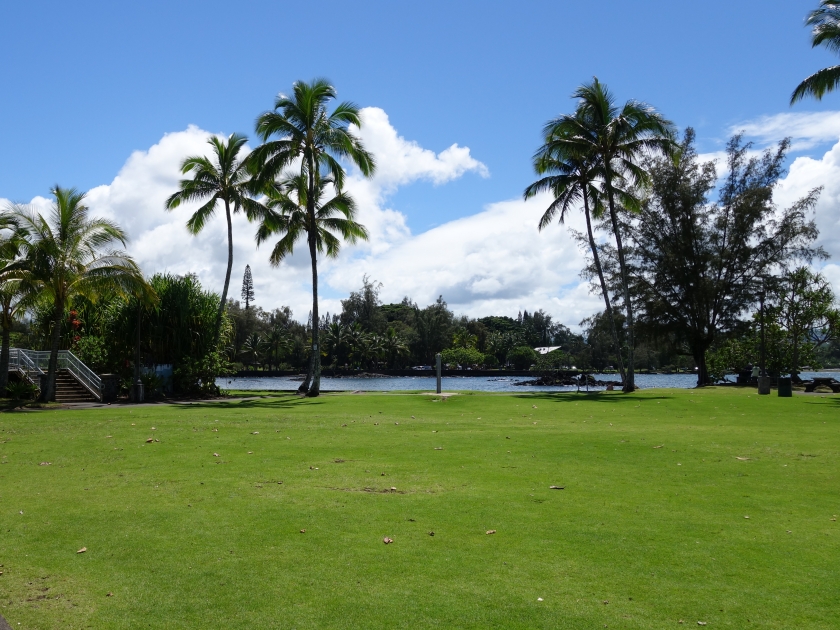
The island features several walking trails that offer easy strolls with stunning views of Hilo Bay and the surrounding landscapes. These paths are perfect for nature lovers and photographers alike, providing many opportunities to capture scenic vistas or simply enjoy the lush, tropical environment at a leisurely pace.
Cultural and Educational Programs
Coconut Island occasionally hosts cultural and educational programs that highlight the rich Hawaiian heritage and the ecological importance of the region. These programs are designed to educate visitors on the local culture and environmental preservation efforts, making them a great activity for those looking to enrich their knowledge while enjoying the island’s natural beauty.
Kayaking and Stand-Up Paddleboarding (SUP)
For the more adventurous, kayaking and stand-up paddleboarding are fantastic ways to explore the waters around Coconut Island. These activities not only provide a fun and active way to see the island from a different perspective but also offer a chance to observe marine life in their natural habitat. Rentals and guided tours are available, catering to both beginners and experienced paddlers.
Tips for Visiting
- Always stay on marked paths and trails to ensure your safety and protect the natural environment.
- Wear appropriate footwear and clothing to handle the rocky terrain and tropical weather.
- Be mindful of the ocean conditions; check local advisories for swimming and water sports.
- Keep hydrated and use sunscreen regularly to protect against the sun.
- Respect wildlife habitats and observe animals from a distance without disturbing them.
- Dispose of waste properly by using designated trash and recycling bins on the island.
- Avoid removing any natural objects or historical artifacts from the island.
- Participate in local conservation efforts if available, such as beach clean-ups or educational tours.
- Keep a list of local emergency numbers, including the nearest hospital, police station, and fire department.
Best Time to Visit Coconut Island
The best time to visit Coconut Island is during the dry season from May through October when Hilo’s weather is most favorable, with less rainfall and warmer temperatures. This period coincides with several local events and natural phenomena that enhance the visitor experience, such as the vibrant Hilo Farmers Market and the breathtaking Hilo Orchid Show.
Nearby Attractions
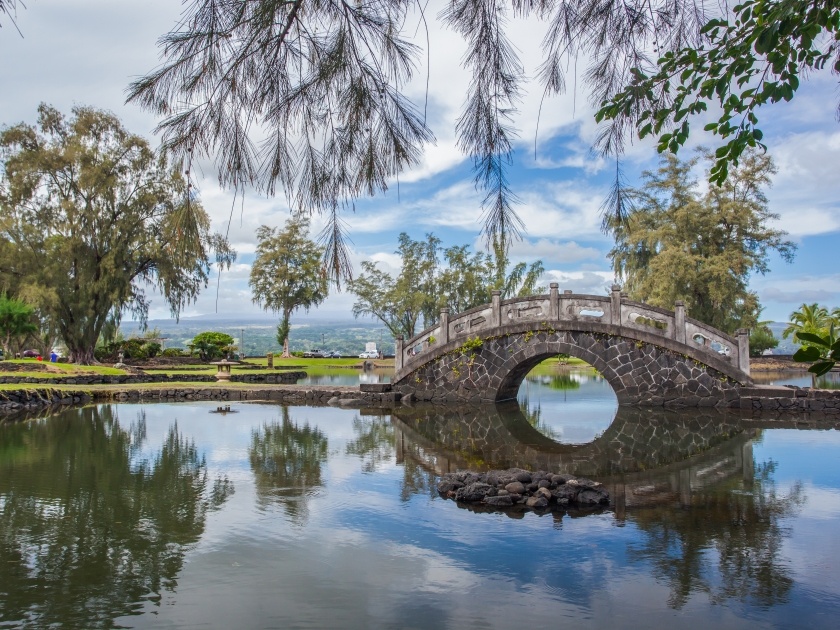
Coconut Island is conveniently located near a variety of attractions that highlight the rich culture and natural beauty of Hilo. Just a short drive away, the Liliuokalani Gardens provide a serene Japanese-style landscape perfect for strolls. The nearby Pacific Tsunami Museum offers insightful exhibits that explore the impact of tsunamis on the region, while the Hilo Farmers Market invites visitors to taste and purchase local produce and artisan goods. For nature enthusiasts, the Rainbow Falls and Boiling Pots in Wailuku River State Park are must-see destinations, showcasing stunning waterfalls and unique volcanic formations.
Frequently Asked Questions (FAQs)
Coconut Island, also known as Moku o Loʻe, is a small island in Kaneohe Bay on the northeast coast of Oahu, Hawaii. It is primarily known for its research facilities.
Coconut Island is located in Kaneohe Bay, Oahu, Hawaii, roughly 3,000 feet from the state’s mainland.
Access to Coconut Island is restricted; visitors must be part of an authorized tour or educational program often provided by the Hawaii Institute of Marine Biology.
Coconut Island is famous for its marine research facility, the Hawaii Institute of Marine Biology, which is part of the University of Hawaii.
While direct tourist activities are limited due to its focus on research, Coconut Island offers educational tours that provide a unique insight into marine biology and conservation.
Research on Coconut Island focuses on marine ecosystems, reef restoration, fish behavior, and oceanic conservation, among other areas.
Overnight stays on Coconut Island are not available to the public as it is a dedicated research facility with restricted access.
How to Get There
By Car
To reach Coconut Island by car, start from the city center and take the eastbound highway for approximately 20 miles. After passing the Greenfield exit, merge onto Route 45 heading south for another 15 miles. You’ll see signs for Coconut Island as you approach; take the exit marked “Coconut Island Access.” Follow this road straight for about 5 miles until you see the entrance to the island on your right.
By Bus
If traveling by bus, take the #50 bus from the central bus station, which runs every 30 minutes during weekdays and hourly on weekends. Stay on the bus until the last stop, which is conveniently located at the Coconut Island entrance. This route offers scenic views of the surrounding countryside, providing a pleasant start to your island adventure.
Don’t Miss the Chance to Explore the Tranquil Beauty of Coconut Island!
Start planning your visit now by checking out travel packages tailored to your preferences. Book your activities through trusted travel resources and platforms to ensure a seamless and enjoyable experience. Whether you’re seeking a peacefaul retreat or an adventurous exploration, Coconut Island in Hilo, Hawaii, awaits to amaze you with its unique charm.


